Syrian artist destroys statue outside UN in political message
Syrian sculptor Khaled Dawwa on Friday destroyed his giant artwork outside the United Nations office in Geneva to denounce tens of thousands of enforced disappearances in Syria.
Using saws and hammers, relatives of disappeared Syrians helped the artist break apart the wood, plaster and foam statue on the International Day of the Disappeared.
"We are here to protest against the system, to say, 'enough'. We have a right to know the truth," the 39-year-old sculptor, who lives in exile in France, told news agency AFP.
Dawwa's 3.5 metre (11ft 6 inch) - high colossus, "The King of Holes", depicted a potentate with a massive body, reflecting the artist's condemnation of oppressive power, before it was thrashed to pieces.
The idea for the protest came from rights group Syria Campaign, which suggested that Dawwa tear down the installation outside the UN headquarters.
He created it in 2021 in Paris with the intention of demolishing it later. "It is a fragile piece that is difficult to keep," he said.
Dawwa took part in Syria's so-called Arab Spring demonstrations in 2012 that escalated into a bloody, protracted war.
He was in his studio in May 2013 when he was severely wounded by bullet fragments from a government helicopter and jailed for two months after leaving hospital. Echoing the conflict, the legs, face and arms of the artwork are riddled with small holes.
Amongst the rights campaigners on site was Wafa Mustafa, 34, who has not heard from her father since he was arrested in 2013.
"This statue, to all the Syrian families here, does not represent only the Assad regime" which is mainly "responsible for the detention of our loved ones", the Syria Campaign activist told AFP.
"But also it represents the international community and the UN that has failed us for the past 13 years" and "has not provided any real action to stop the massacre in Syria, and to give Syrians their basic human rights," she said.
Around 100,000 people have disappeared in the Syria as part of government repression or kidnappings by anti-regime militias, according to several non-profit organisations.
Ahmad Helmi, 34, said he had fled Syria after he was arrested by the country's secret services as a university student, and jailed for three years.
He followed Dawwa to Geneva to help him destroy the statue.
"The pain of three years in prison, three years of torture... doesn't count to one day of the pain my mum experienced every single day when I was disappeared," said Helmi.
"Hundreds of thousands of families and mothers are in Syria and around the world today experiencing the same pain," he added.
The Syrian war began after the repression of anti-government protests in 2011 and spiralled into a complex conflict drawing in foreign armies and fighters, killing more than 500,000 people and displacing millions.
Dawwa says the statue's holes are like those made by "animals that eat wood".
"For me, that's like hope," he said. "There is always something that eats at it."
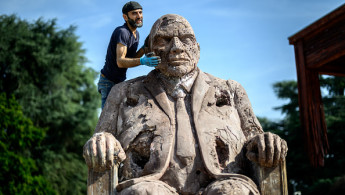
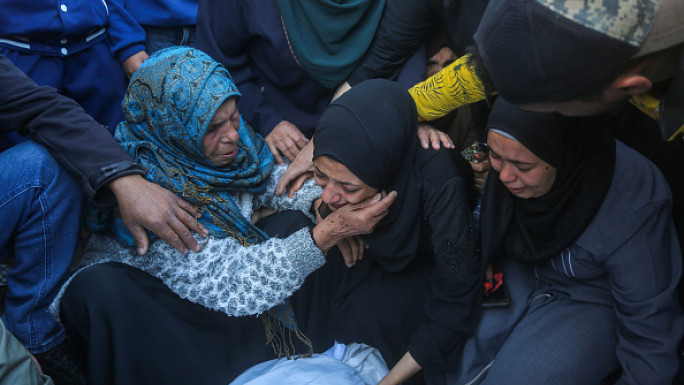

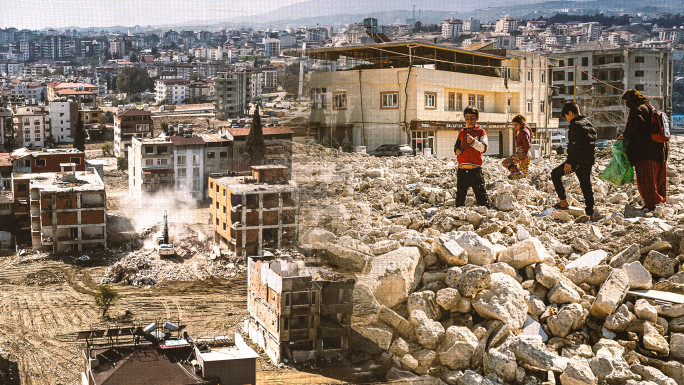
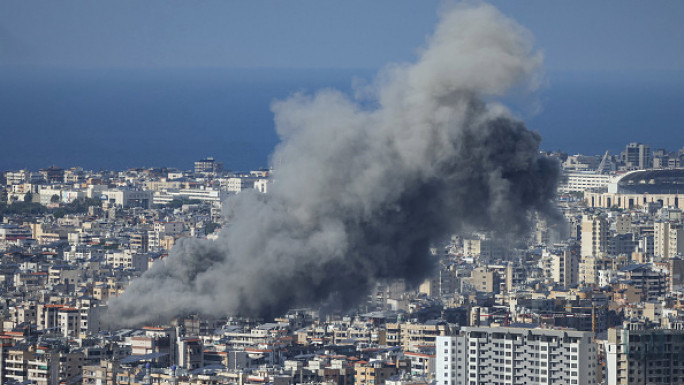
 Follow the Middle East's top stories in English at The New Arab on Google News
Follow the Middle East's top stories in English at The New Arab on Google News

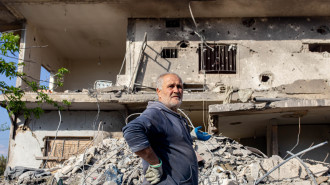
![MP Essam Diab's pursuit to block TikTok in Egypt has revived an already ongoing debate in the country. [Getty]](/sites/default/files/styles/image_330x185/public/1230748046.jpeg?h=a5f2f23a&itok=-8MqBLLC)